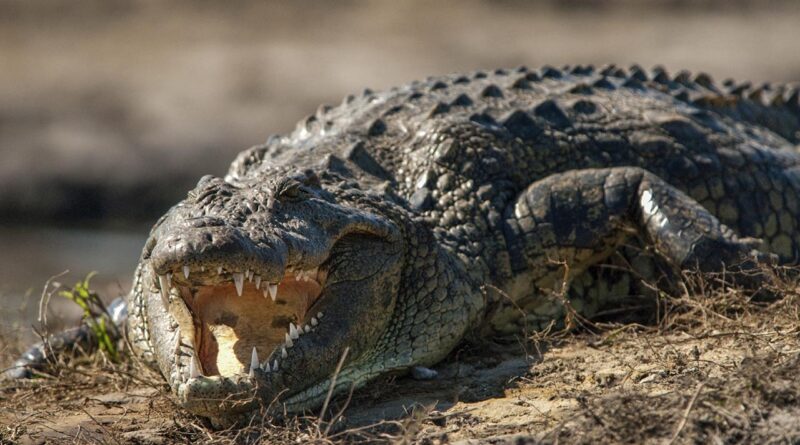Nile Crocodile Habitat Adaptation
Nile Crocodile Habitat Adaptation The Nile crocodile (Crocodylus niloticus) is one of Africa’s most formidable predators and an apex species that has thrived for millions of years. Known for its powerful build, fearsome appearance, and lethal hunting skills, this species has also developed an extraordinary ability to adapt to a wide range of habitats across the African continent. These adaptations are not only physical but also behavioral and physiological, enabling the Nile crocodile to survive and flourish in a variety of challenging environments. Understanding these adaptations provides insight into the species’ evolutionary success and highlights the importance of preserving its habitats.
Geographical Distribution and Habitat Types
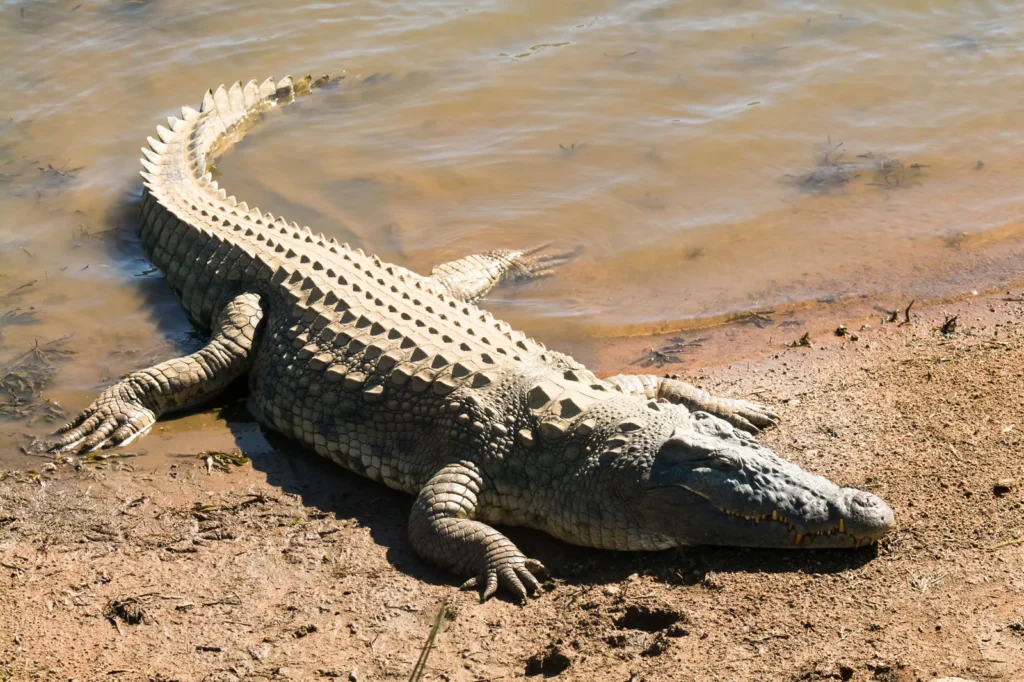
The Nile crocodile’s range extends across much of sub-Saharan Africa, from the Nile Basin in the north to South Africa. It inhabits diverse ecosystems, including freshwater rivers, lakes, marshes, and even coastal estuaries. Such versatility is uncommon among large reptiles and indicates the crocodile’s remarkable capacity to occupy different habitats. Environmental factors like water availability, temperature, and vegetation type significantly influence the distribution and density of Nile crocodile populations in these regions.
Physical Adaptations for Survival in Various Habitats
The Nile crocodile’s physical traits have evolved to support its life both in water and on land. Its streamlined body, powered by a muscular tail, allows it to move effortlessly through water, making it an efficient predator and swimmer. Webbed feet provide added maneuverability, enabling quick movements when navigating through strong currents or when making sudden bursts of speed during an ambush.
Another crucial physical adaptation is the crocodile’s skin. The thick, scaly armor acts as a protective shield against predators and environmental elements. In addition, this tough exterior helps reduce water loss, a critical feature in maintaining hydration during dry spells or when moving between water bodies. The pigmentation of the skin also provides effective camouflage, blending with muddy riverbanks or dense vegetation.
Behavioral Adaptations to Changing Conditions
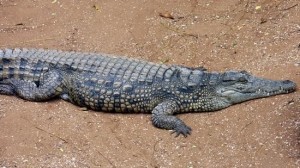
The Nile crocodile’s behavioral adaptations are essential for regulating its body temperature and ensuring reproductive success. Basking is a prominent behavior observed among Nile crocodiles. Because they are ectothermic (cold-blooded), these reptiles rely on external sources of heat to maintain optimal body temperature. Basking on riverbanks or sandbars allows them to warm up after a chilly night, while retreating into the water cools them down during the hottest parts of the day. This delicate balance helps regulate metabolic functions and aids in digestion.
Reproductive strategies are also adapted to the surrounding habitat. Female crocodiles carefully select nesting sites based on proximity to water, soil temperature, and protection from predators. They often build nests on elevated riverbanks or sandy shores to avoid flooding. Nesting females exhibit aggressive guarding behaviors, deterring potential threats to their eggs or hatchlings.
Hunting techniques are further tailored to the type of habitat the crocodile occupies. In rivers, they exploit bends and overhanging branches for ambush hunting, using the current to mask their approach. In marshes or lakes with dense vegetation, they rely on stealth, hiding in murky waters until prey comes within striking range. This adaptability in hunting tactics allows Nile crocodiles to secure food in varied environments, from fast-flowing rivers to stagnant lakes.
Physiological Adaptations for Water and Temperature Regulation
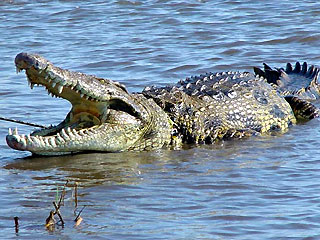
Physiologically, the Nile crocodile is equipped to thrive in both aquatic and terrestrial environments. One of its most notable adaptations is its ability to hold its breath underwater for extended periods, sometimes up to two hours, by slowing its heart rate and conserving oxygen. This capability allows it to remain submerged and hidden while stalking prey or evading threats.
The crocodile’s sensory adaptations also play a critical role in its survival. It possesses acute vision and hearing, enabling it to detect prey even in low-light conditions or murky waters. Special pressure receptors located on the skin, called integumentary sense organs, help the crocodile detect vibrations in the water, alerting it to the presence of nearby animals.
Habitat-Specific Adaptations
The Nile crocodile’s adaptations vary based on the specific characteristics of its habitat. In river habitats, it demonstrates excellent swimming ability, using the strong currents to its advantage for travel and hunting. Sandbanks and riverbeds serve as ideal sites for basking and nesting. In lake and marsh habitats, where water levels fluctuate seasonally, Nile crocodiles adapt by shifting their basking and nesting sites to avoid becoming stranded. They also develop more opportunistic feeding habits in these environments due to the seasonal abundance or scarcity of prey.
In estuarine and coastal habitats, the Nile crocodile shows an unusual tolerance to brackish water. This allows it to move between freshwater rivers and coastal areas, providing access to a wider range of food sources and nesting sites. Such flexibility is particularly beneficial during droughts or when freshwater resources become limited.
Adaptive Challenges and Threats
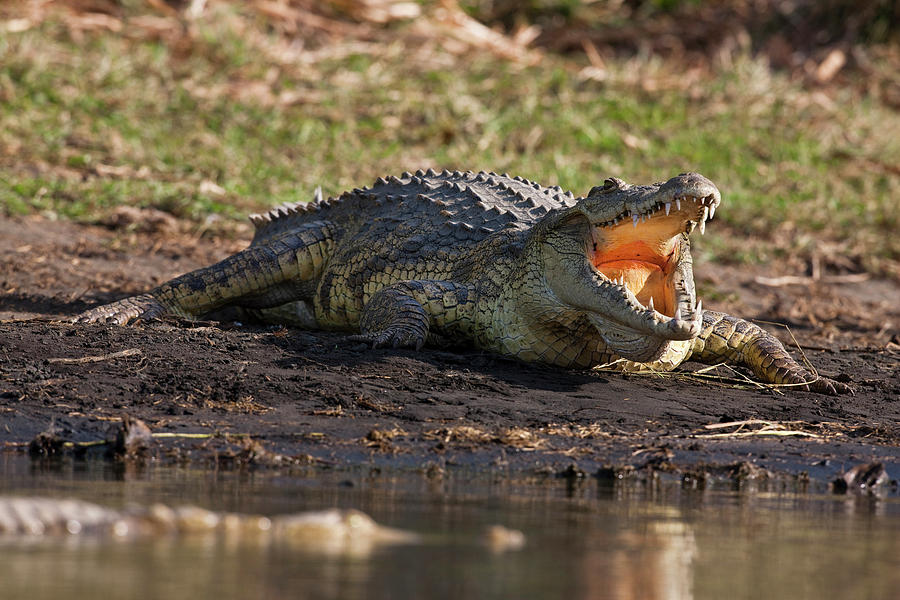
Despite its robust adaptations, the Nile crocodile faces significant challenges in the modern world. Habitat loss due to human activities like damming, agriculture, and urban development is a primary threat. These activities can disrupt breeding sites, reduce prey availability, and fragment populations. Climate change poses additional threats by altering water levels, temperature, and vegetation cover, which can directly impact the crocodile’s nesting and basking behaviors.
Human-wildlife conflict is another critical issue, as Nile crocodiles are often perceived as dangerous. This perception can lead to retaliatory killings and reduce tolerance for their presence near human settlements. Conservation efforts must consider these factors to ensure the survival of this apex predator.
Conservation Implications and Future Prospects
Understanding the Nile crocodile’s habitat adaptations is crucial for developing effective conservation strategies. Protecting critical habitats, such as nesting sites and key water bodies, can help maintain healthy populations. Efforts to reduce human-crocodile conflict, such as community education and safe water access points, can also promote coexistence.
Preserving the Nile crocodile is not just about protecting a single species. As a keystone predator, it plays a vital role in maintaining the ecological balance of its environment. Its presence helps regulate prey populations and contributes to the overall health of aquatic ecosystems.
Conclusion
The Nile crocodile’s ability to adapt to a wide range of habitats is a testament to its evolutionary success. From physical traits that enable survival in different water bodies to behavioral strategies that optimize reproduction and hunting, this species exemplifies resilience. However, as human impact on natural habitats intensifies, understanding and supporting the Nile crocodile’s unique adaptations will be key to ensuring its continued existence in the wild.
Frequently Asked Questions
What habitats do Nile crocodiles typically occupy?
Nile crocodiles inhabit a variety of freshwater and brackish environments, including rivers, lakes, marshes, and coastal estuaries. They prefer areas with ample water resources, dense vegetation, and suitable basking or nesting sites.
How do Nile crocodiles adapt to different habitats?
Nile crocodiles possess several physical, behavioral, and physiological adaptations that allow them to thrive in diverse habitats. Their streamlined bodies and powerful tails enable efficient swimming, while their sensory organs detect prey even in murky waters. Behaviorally, they adjust their hunting strategies, basking habits, and nesting locations based on environmental conditions.
Can Nile crocodiles survive in saltwater?
Yes, Nile crocodiles can tolerate brackish and saltwater conditions, though they are primarily found in freshwater environments. Their ability to move between freshwater and saltwater habitats gives them a competitive advantage and access to diverse food sources.
What physical features help Nile crocodiles in their habitat?
Key physical features include their muscular tails, which aid in propulsion and swimming, webbed feet for maneuvering in water and stability on land, and tough scaly skin that protects them from environmental elements. Their camouflaged coloration helps them blend into surroundings, making it easier to ambush prey.
How do Nile crocodiles regulate their body temperature?
Nile crocodiles are ectothermic, meaning they rely on external heat sources to regulate their body temperature. They bask in the sun to warm up and retreat to the water to cool down. This behavior helps them maintain the optimal body temperature needed for metabolic processes and digestion.
